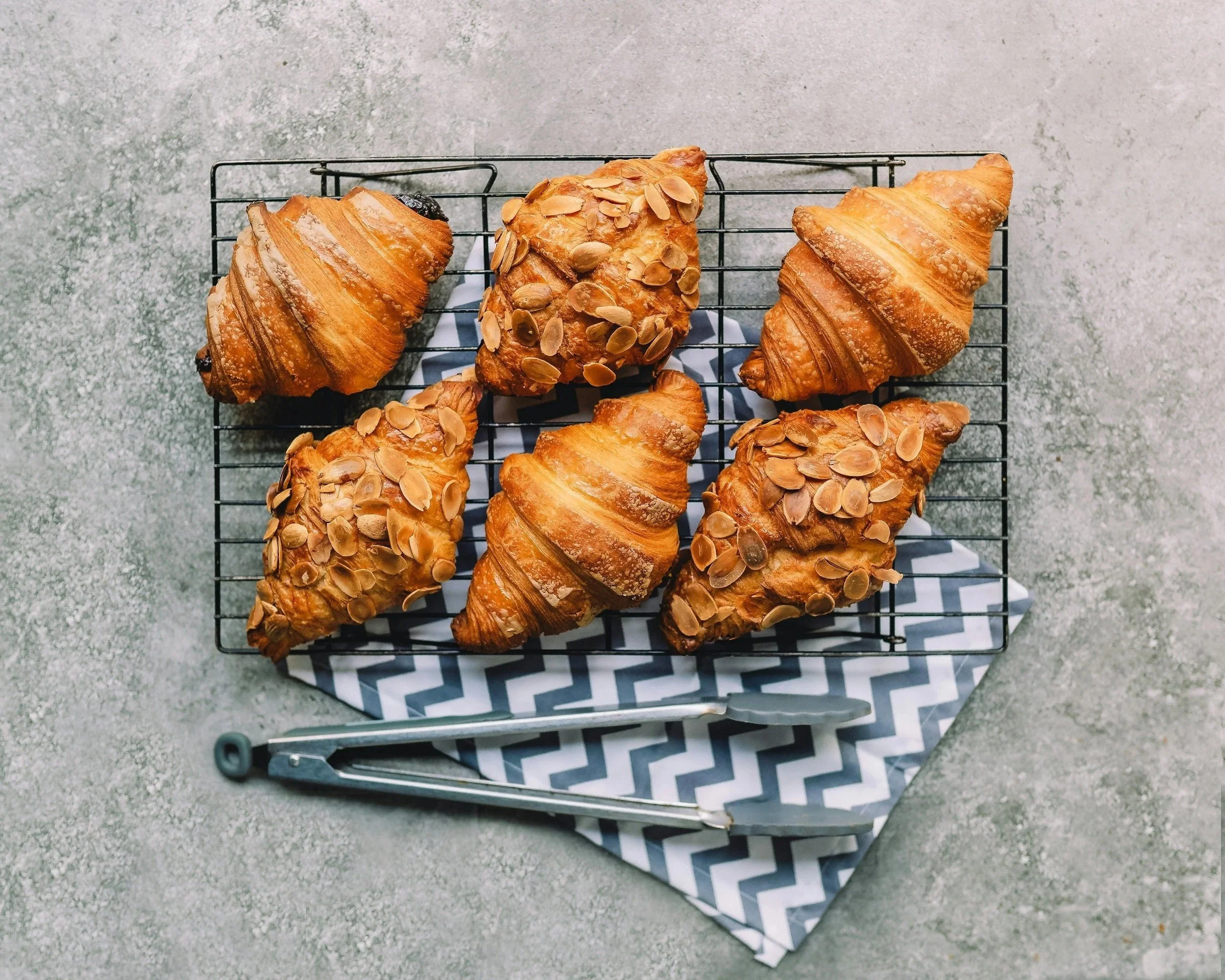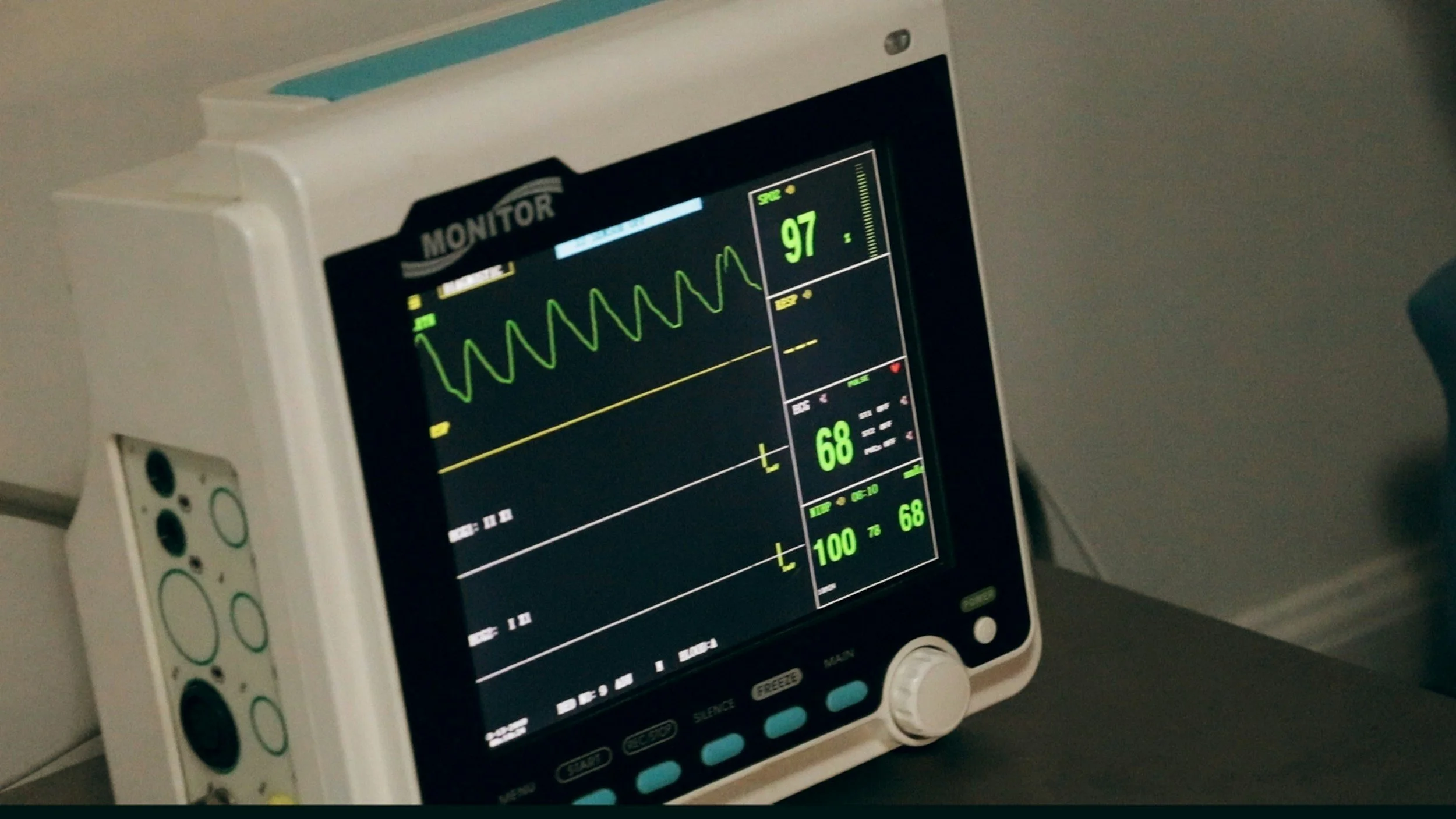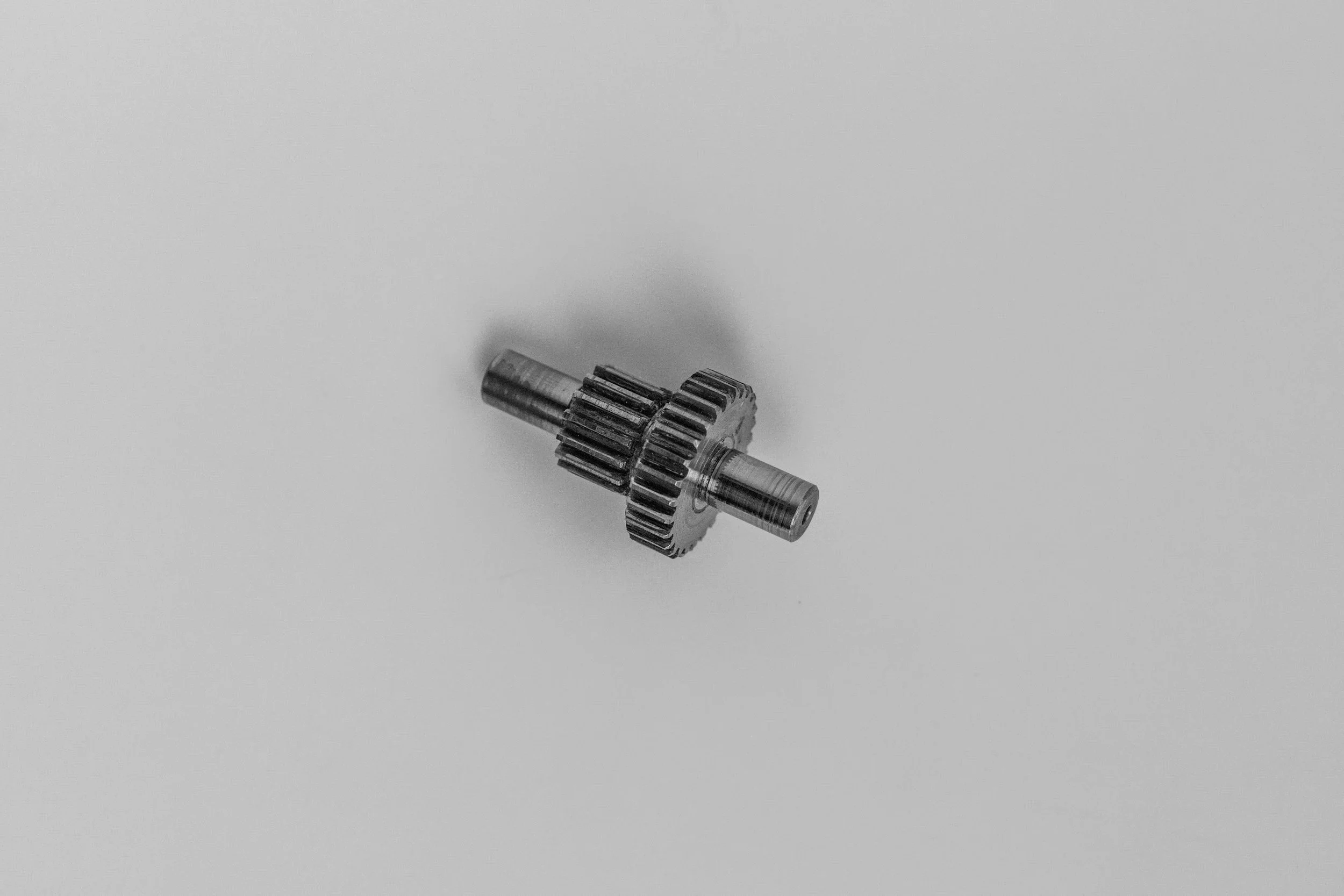Why Bread in Italy Feels Better—and How to Eat Healthy Flour in the U.S.
/If you’ve ever traveled to Italy and enjoyed a warm slice of bread or a bowl of pasta—only to realize you didn’t bloat, crash, or ache the way you do after eating bread in the U.S.—you’re not alone. Many people report that bread in Italy (and in other parts of Europe) just feels different. But is it a myth, or is there real science behind this?
Let’s explore why bread abroad often causes fewer health issues, what’s different about their flour, and how you can make better choices here at home.
🥖 What Makes Italian (and European) Flour Different?
Heritage Grains & Soft Wheat Varieties
In Italy, bread is often made with Tipo 0 or Tipo 00 flour, which comes from softer, lower-gluten wheat varieties like ancient or heirloom grains (e.g., farro, einkorn, emmer). These grains haven’t been hybridized for mass production and are generally easier to digest.Fewer Pesticides
European nations, including Italy, have banned many pesticides and herbicides—especially glyphosate. In contrast, U.S. wheat is often sprayed with glyphosate just before harvest (a practice called "desiccation"), which may contribute to gut issues and inflammation.Slow Fermentation Practices
Traditional European breads, like Italian sourdoughs and French baguettes, use long fermentation processes. These break down gluten and phytic acid (an antinutrient), making the bread more digestible and nutrient-available.
🌍 Other Nations with Healthier Bread Cultures
Germany
Known for Vollkornbrot (whole grain rye bread), which is high in fiber and fermented. Rye flour is lower in gluten and often easier on the gut.France
French law requires minimal ingredients in baguettes—typically just flour, water, yeast, and salt—no preservatives or additives.Middle East
Traditional flatbreads like pita and lavash are often made with stone-ground grains and cooked fresh, reducing the need for preservatives.
Why Bread in the U.S. Causes Problems
Many commercial breads in the U.S. are:
Made with high-gluten hybrid wheat
Treated with bleaching agents and enrichment additives
Preserved with chemical stabilizers
Fermented quickly or not at all
Sprayed with glyphosate
The result? Increased reports of bloating, brain fog, fatigue, joint pain, and digestive discomfort—even among those without celiac disease.
✅ How to Eat Healthier Flour and Bread in the U.S. (Updated)
Buy Organic and Glyphosate-Free Flours
Look for brands like King Arthur Organic, One Degree, Jovial Einkorn, or Bob’s Red Mill Organic to avoid glyphosate and synthetic additives.Choose Ancient or Heirloom Grains
Try baking or buying bread made from:Einkorn
Spelt
Emmer
Khorasan (Kamut)
Opt for Sourdough
Genuine sourdough (especially those fermented over 24 hours) breaks down gluten and antinutrients. Look for local artisan bakeries or make your own starter.Consider Sprouted Bread Like Ezekiel Bread
Ezekiel 4:9 bread, made by Food for Life, is crafted from sprouted whole grains and legumes—such as wheat, barley, millet, lentils, soybeans, and spelt. Sprouting boosts enzyme activity, reduces phytic acid, and enhances nutrient absorption.
While Ezekiel bread isn't gluten-free, many people find it easier to digest than standard commercial whole wheat bread. It’s also free from preservatives, sugar, and artificial ingredients—making it a nutrient-dense, freezer-stable option for those seeking cleaner bread.Bake at Home
With just flour, water, salt, and natural leavening, you can control what goes into your bread. A Dutch oven and some patience can yield a nourishing loaf.Use Stone-Ground or Sprouted Flours
These retain more nutrients and fiber, and are easier on blood sugar and digestion.
🌾 Final Thoughts
Healthy bread isn’t a thing of the past or a European luxury—it’s entirely possible here with the right ingredients and practices. By switching to organic, heirloom, and fermented options, you can bring the wisdom of old-world breadmaking into your own kitchen.
Your gut will thank you. So will your energy, your brain, and your blood sugar.































